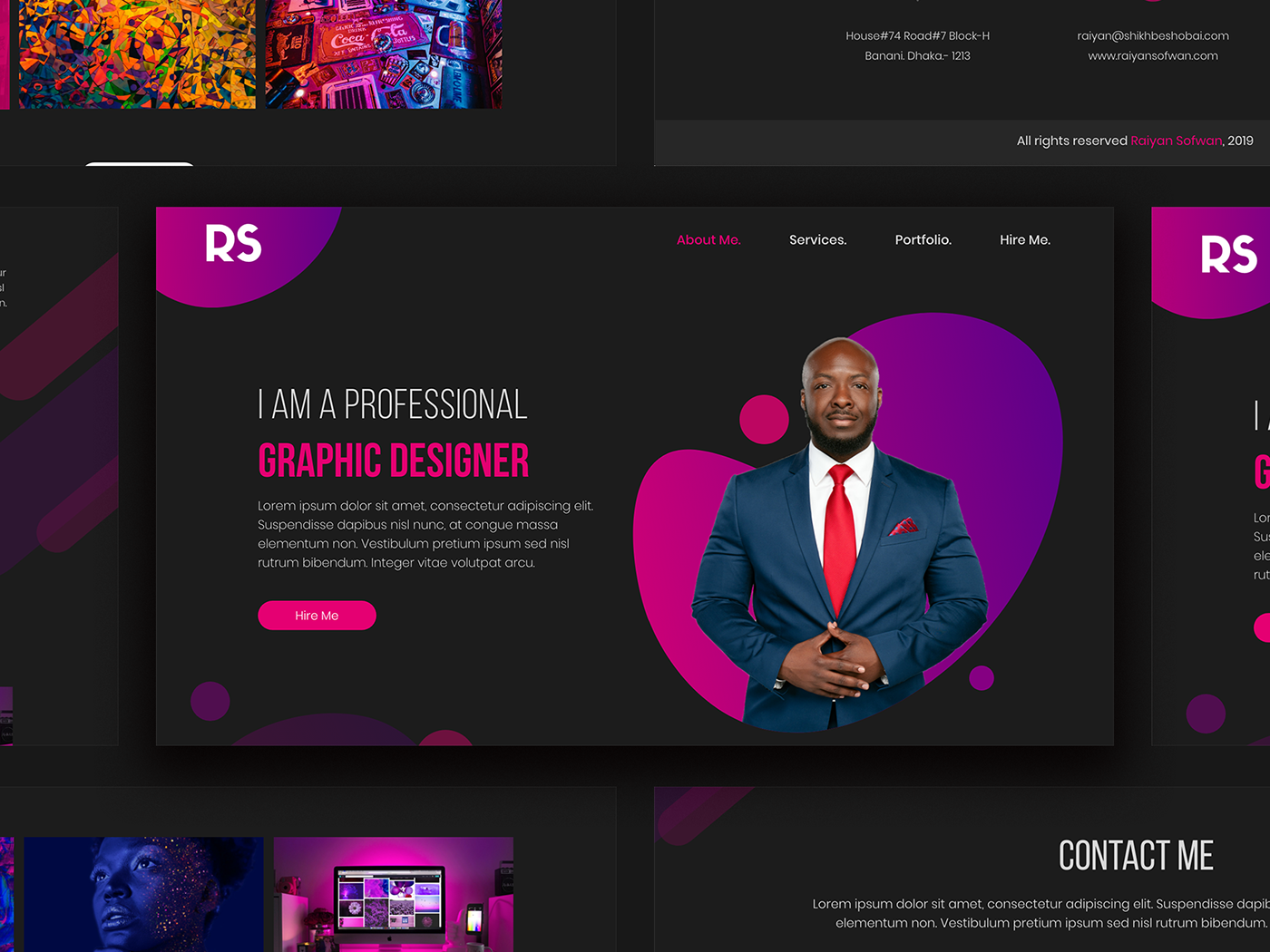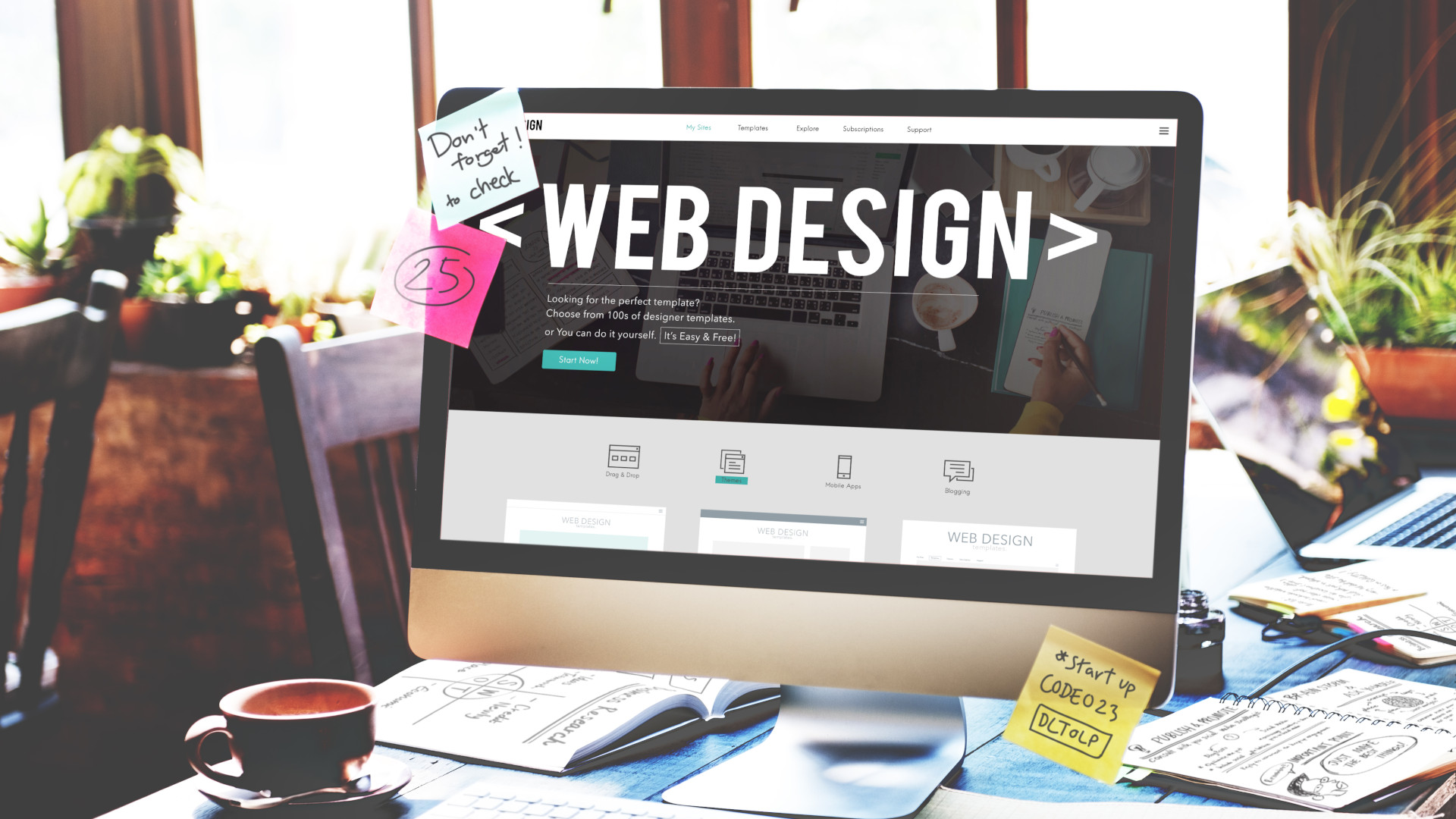Best Practices to Follow for a Successful Website Design Strategy
Best Practices to Follow for a Successful Website Design Strategy
Blog Article
Crucial Tips for Crafting High-Impact Website Styles
In the world of electronic advertising and marketing, the style of an internet site functions as an important touchpoint for involving possible clients. To develop high-impact site layouts, one should think about important components such as audience understanding, individual experience, and visual hierarchy. Each of these parts plays a pivotal role in not just attracting visitors however likewise in assisting in significant communications. The interaction in between these factors can be complicated and nuanced, raising the question of exactly how to properly balance them to accomplish optimum results. Checking out these approaches can result in transformative results for your on-line visibility.
Understand Your Audience

To properly understand your target market, start by carrying out demographic evaluations to gather data on age, gender, area, and passions - website design. This information works as a structure for creating customer characters, which stand for the crucial attributes of your target market. These personas guide decision-making in design components and web content technique, ensuring alignment with customer expectations
Furthermore, examining customer actions with devices like Google Analytics can reveal exactly how site visitors engage with your website. Metrics such as bounce prices and time on page can highlight areas that require renovation or adjustment. Customer surveys and comments likewise supply very useful understandings into preferences and discomfort factors.
Inevitably, a deep understanding of your target market is not merely valuable yet necessary. It equips designers to develop more appropriate, enticing, and practical sites that promote a favorable customer experience and drive preferred end results.
Prioritize Customer Experience
When making a web site, prioritizing customer experience (UX) is paramount to achieving both individual satisfaction and company objectives. A well-crafted UX makes sure that visitors can browse the site easily, find the details they need, and engage with material effectively. To complete this, it is critical to embrace a user-centered layout approach that entails understanding individual requires, choices, and behaviors.
Begin by conducting thorough study, including customer studies and use screening, to gather understandings right into how individuals interact with your website. This information must inform style decisions, making sure that functions and formats straighten with customer assumptions. Streamlined navigating is vital; visitors should be able to find details swiftly without unnecessary clicks or confusion.
Additionally, take into consideration the filling rate of your internet site. A slow-loading website can lead to high bounce prices, adversely influencing individual experience. Optimize manuscripts and pictures to boost efficiency.
Finally, ensure that your web site comes to all customers, consisting of those with disabilities. Sticking to pop over to this web-site access requirements not only widens your audience yet also promotes inclusivity. By focusing on UX, you lay the foundation for an effective website that satisfies both customer requires and business objectives.
Embrace Visual Power Structure
A well-structured visual power structure plays a considerable duty in enhancing user experience by assisting visitors' interest to the most crucial aspects of an internet site (website design). By strategically organizing content, designers can create a clear course for customers to adhere to, ensuring they involve with crucial information effectively
To implement aesthetic hierarchy, start by making use of size and scale. Larger aspects naturally draw the eye, making them excellent for headlines or calls to action. Enhance this with contrasting colors that highlight essential locations, as vibrant hues can develop centerpieces that catch attention.
Furthermore, the positioning of components on the web page is essential. Leading the customer's look through the layout can be accomplished by positioning vital information on top or in the center, where users normally start their aesthetic trip. Including whitespace around elements can also boost quality, making it simpler for users to refine information without really feeling bewildered.
Last but not least, using typography effectively adds to visual pecking order. Different font style dimensions, weights, and article designs can represent importance, leading users with the material seamlessly. By embracing these principles, developers can produce an intuitive experience that promotes interaction and urges users to explore additionally.
Enhance for Mobile
Mobile optimization is vital in today's digital click over here landscape, as a significant portion of web traffic originates from smart phones. To make certain a seamless individual experience, sites have to be created with mobile users in mind. This entails employing receptive website design techniques that adjust the format, images, and text to fit different display sizes while keeping functionality and looks.

Touch targets, such as links and switches, have to be properly sized, ensuring they are easily tappable without mistakes. Make certain that types are mobile-friendly by decreasing input fields and using dropdowns where applicable, simplifying the individual experience.
Last but not least, examination your website throughout different mobile phones and browsers to determine any type of concerns that may affect functionality. By focusing on mobile optimization, you not just enhance customer complete satisfaction however likewise favorably influence your site's internet search engine position, therefore drawing in even more visitors and boosting overall interaction.
Implement Solid Branding
A distinct brand not only distinguishes you from competitors yet additionally promotes count on and loyalty amongst your audience. This identity needs to be reflected continually across all electronic touchpoints, including your internet site, social media, and e-mail communications.
Aesthetic elements such as logos, shade systems, and typography play an important role in branding. Select a color combination that resonates with your target market and mirrors your brand name personality. Ensure that your logo design is versatile and plainly presented on your website, enhancing brand recognition.
Content is equally important; your intonation should line up with your brand identity, whether it's specialist, friendly, or reliable. Involving narration can further enhance your brand name, producing an emotional connection with users.
Final Thought
In conclusion, crafting high-impact site layouts demands a diverse strategy that incorporates comprehending the target market, focusing on individual experience, and accepting aesthetic pecking order. By incorporating these elements, websites can efficiently engage customers, facilitate seamless navigation, and foster emotional links that improve brand identity.
To produce high-impact site designs, one must think about crucial components such as target market understanding, user experience, and visual pecking order.When developing an internet site, focusing on individual experience (UX) is paramount to attaining both customer satisfaction and organization purposes.Start by performing thorough study, including user surveys and usability screening, to collect insights right into how customers communicate with your site. To make sure a smooth individual experience, websites must be developed with mobile customers in mind.In verdict, crafting high-impact internet site designs requires a complex method that encompasses understanding the audience, prioritizing individual experience, and embracing visual power structure.
Report this page